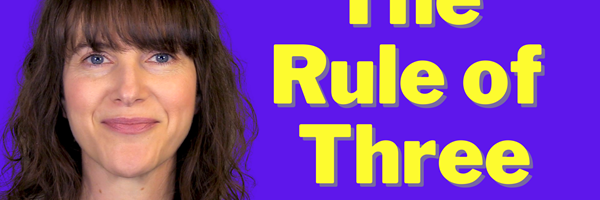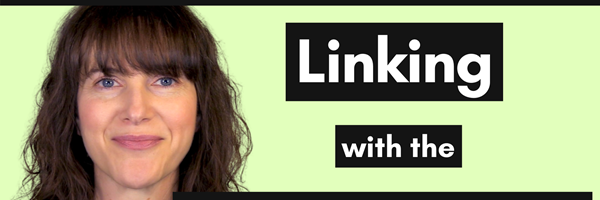(Video Transcript)
Hi, I’m Julie with San Diego Voice and Accent, and in this video you’ll learn how to link words together using the B consonant.
B /b/ consonant: Stop consonant
The B consonant is a stop consonant. This means that the airflow is stopped somewhere along the vocal tract - somewhere between the vocal cords and the lips. For the B consonant, the airflow is stopped at the lips.
/b/
Released B /b/: Words
You probably learned to pronounce the B sound like this:
/b/, /b/, /b/
Notice how my lips open at the end of the sound, and there is also a small amount of air that comes out as I say the sound.
/b/ /b/ /b/
This type of B consonant is called a released B consonant. Released means the lips open and a small amount of air is released as you say the sound. This is what a released B sounds like in the word cab.
Cab
/b/, /b/, /b/
Unreleased B /b/: Words
However, the B consonant is not always fully released, especially when it comes at the end of a word and the next word begins with a consonant, and even more especially when it’s a stop consonant.
In this case, what usually happens is the B consonant is unreleased, meaning the lips come together to make the B consonant, and then the lips stay closed. There isn’t a full release of air at the end.
Here’s what an unreleased B sounds like in the word cab.
cab
cab
Notice how my lips stay closed at the end of the B consonant.
cab
Linking with B /b/: Consonant to consonant
Now, let’s look at the B consonant in a phrase like cab driver.
I’ll say it slowly. Watch my lips as I pronounce the B consonant. Is it released or unreleased?
cab driver
I pronounced this with an unreleased B consonant. Listen again:
cab driver
It’s not, cab driver, with a released B consonant. It’s cab driver, with an unreleased B.
I’ll demonstrate an unreleased B consonant and a fully released B consonant. Listen closely to the B sound and see if you can hear the difference.
cab driver
cab driver
The unreleased B is more acceptable for linking. The fully released B has too much of a release, and it disrupts the fluency of the phrase.
Linking with B /b/: Consonant to vowel
I’ve discussed how to link with the B consonant when the next word or syllable begins with a consonant...but what if the next word begins with a vowel? Luckily, this type of linking is a little bit easier to imitate.
When one word ends in a B consonant, and the next word begins with a vowel, like in the sentence “The cab is here”, native speakers usually take the B consonant and put it onto the beginning of the next word.
So the phrase cab is here is really said like “ca - bis here”.
“ca - bis here”
“ca - bis here”
It’s not, cab is with a released B, it’s “ca - bis”, with the B sound placed at the beginning of the word is.
Linking with B /b/: Practice
Let’s practice linking words together using the B consonant, and in these examples, the next word will begin with either a consonant or a vowel. Remember that if the next word begins with a consonant, the B sound will be unreleased. If the next word begins with a vowel, the B sound will be moved to the beginning of the next word.
I’ll say each phrase three times, and I want you to repeat in the pauses.
Hubspot
Grab a chair
Lab coat
Dab of glue
Tube riding
I hope you enjoyed this video from San Diego Voice and Accent. Thanks for watching, and enjoy your day!
And I'd love to hear from you - contact me to learn how we can work together to perfect your American English pronunciation!



